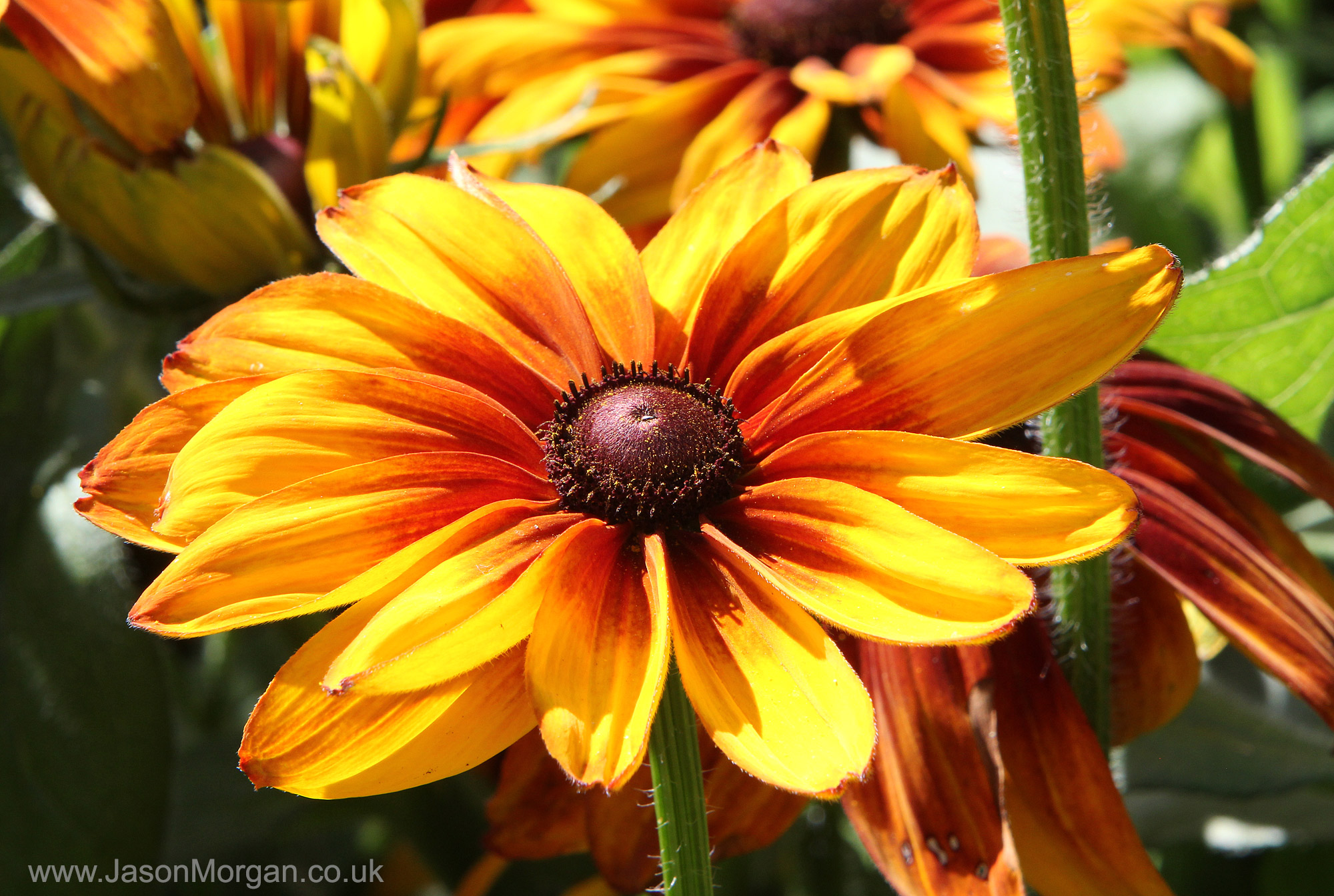
If you are not satisfied wth the portrait painting, our artist will adjust till you are 100 happy with it. When we finish the paintings, we will send you the photos for approval before shipping. We guarantee 100 satisfaction.

His literary output included art criticism, satirical journalism, travel writing, and theoretical treatises, most of it unpublished in his own lifetime. Although skeptical of critics (he claimed that art needed no verbal commentary), the French Symbolist painter, best known for his vibrant paintings of Tahiti, nonetheless wrote a good deal. When the work was viewed online, then add the name of the website in italics followed by a My research at IAS investigated Paul Gauguin’s (1848–1903) solution to this problem.
Once the grid is set up on a reference photo, artists have a link to the gridded photo, as well as to the original photo.A public domain image is defined as a photo, clip art or vector whose copyright has expired or never existed in the first place. Set up the grid once and it remembers your settings. At the top of my Layers window, then I turn it on and off for reference while I work.Rather than simply offer a preset drawing grid, however, the folks at Paint My Photo have designed a grid that can be customized to whatever the artist needs. Conscious of the contradiction inherent in using words to defend the visual, he insisted: “I am going to try to talk about painting, not as a man of letters, but as a painter.”Turn your photography into a digital painting, stroke by stroke. Instead, his aim was to “write as I paint my pictures”—that is (he would have us believe) spontaneously, without regard to academic convention, and in a manner suited to the “savage” he hoped to become as a result of his relocation to French Polynesia in the 1890s.
By placing his self-portrait at the head of the page, above these borrowed texts, Gauguin links his own exile from “civilization” to the virtuous isolation of the pious monk or the incarcerated poet.On the right-hand page, the newspaper article at top right juxtaposes one of Gauguin’s sculptures, intended to evoke Tahitian idols, with a passage from Baudelaire’s prose poem Plans, evoking a tropical landscape, and directly compares painter and poet in terms of their rejection of materialism and experience of exotic travel. The poem is followed by a reference to the twelfth-century Cistercian monk Saint Bernard of Clairvaux, quoting his praise of solitude (“blessed solitude, only blessing”). He placed it above a transcription of the Symbolist poet Paul Verlaine’s confessional poem (“The sky is, above the roof, so blue, so calm”)—a poem celebrating freedom and the beauty of nature, written while Verlaine was in prison for shooting his lover and fellow poet Arthur Rimbaud. Yet on the same page, he pasted several newspaper cuttings (which include a review of his work, and photographs of himself and his artistic creations)—undercutting his claim that artists have no need for the support of critics.He minimized this contradiction, though, by using a careful arrangement of text and image to shift the focus away from European art criticism, and towards his affiliations with poetry and the “primitive.” At the top of the left-hand page, he has drawn a simplified, stylized self-portrait, which he falsely attributed to “my vahine Pahura,” as if to confirm his savage credentials. These qualities of fragmentation, collaboration, and childlike spontaneity can be seen in one of several double-page spreads of collaged images and text, which appear artless (like a scrapbook) but are in fact very carefully put together to project a particular self-image.In an imaginary “letter to the editor” (signed Paul Gauguin, at bottom right), he attacked art critics who seek to categorize and label artistic styles and movements. For instance, he described his manuscript Diverses choses (Various Things, 1896–98) as consisting of “childish things”: “Scattered notes, without sequence like dreams, like life made up of fragments: and because others collaborate in it”.
In Le Sourire, the newspaper that he wrote, printed, and distributed in Tahiti, he assumed, in the opening issue, the identity of a female theatre critic (just as he drew, in Pahura’s self-portrait sketch from Diverses choses, as if through the eyes of a young girl). This is what he meant by writing “as a painter.”As in his self-portraiture, in his writing, too, Gauguin experimented with adopting different identities, sometimes writing under the guise of a fictional “ancient barbarian painter,” whom he named Mani Vehbi Zunbul Zadi. Avoiding the dull linearity of the critic, who relies on logical explanations, Gauguin’s various textual and visual allusions build up a multifaceted portrait of himself as both poet and savage—using a variety of media, authorial voices, and literary registers (aphorism, criticism, poetry, polemic). In this photograph, he stands in front of the seated figure from his painting Te Faaturuma (The Brooding Woman), whose pose reflects that of the female Buddha in the reproduction of his Idol with a Pearl carving immediately to the right directly below, a cropped photograph of Vahine no te tiare (Woman with a Flower) focuses attention on the androgynous face of the woman, whose contemplative demeanor echoes Gauguin’s own static pose.Again, this visually cements his identification with the Tahitian figures.
His position on the margins of colonial power and local resistance—a position whose instability itself complicates those binaries—helps us to understand the situation of many others who, throughout history, have inhabited the as-yet understudied role of the artist-writer. What I am arguing is that, similarly, he wanted to assert his autonomy as a visual artist (his freedom from literary critics, “corrupt judges” tarred with the same brush as colonial officials) but, paradoxically, he could only do so by adopting the privileged voice of the writer. He lamented the impact of European civilization on Polynesian society, yet remained implicated in the imperialist culture that he denounced.


 0 kommentar(er)
0 kommentar(er)
